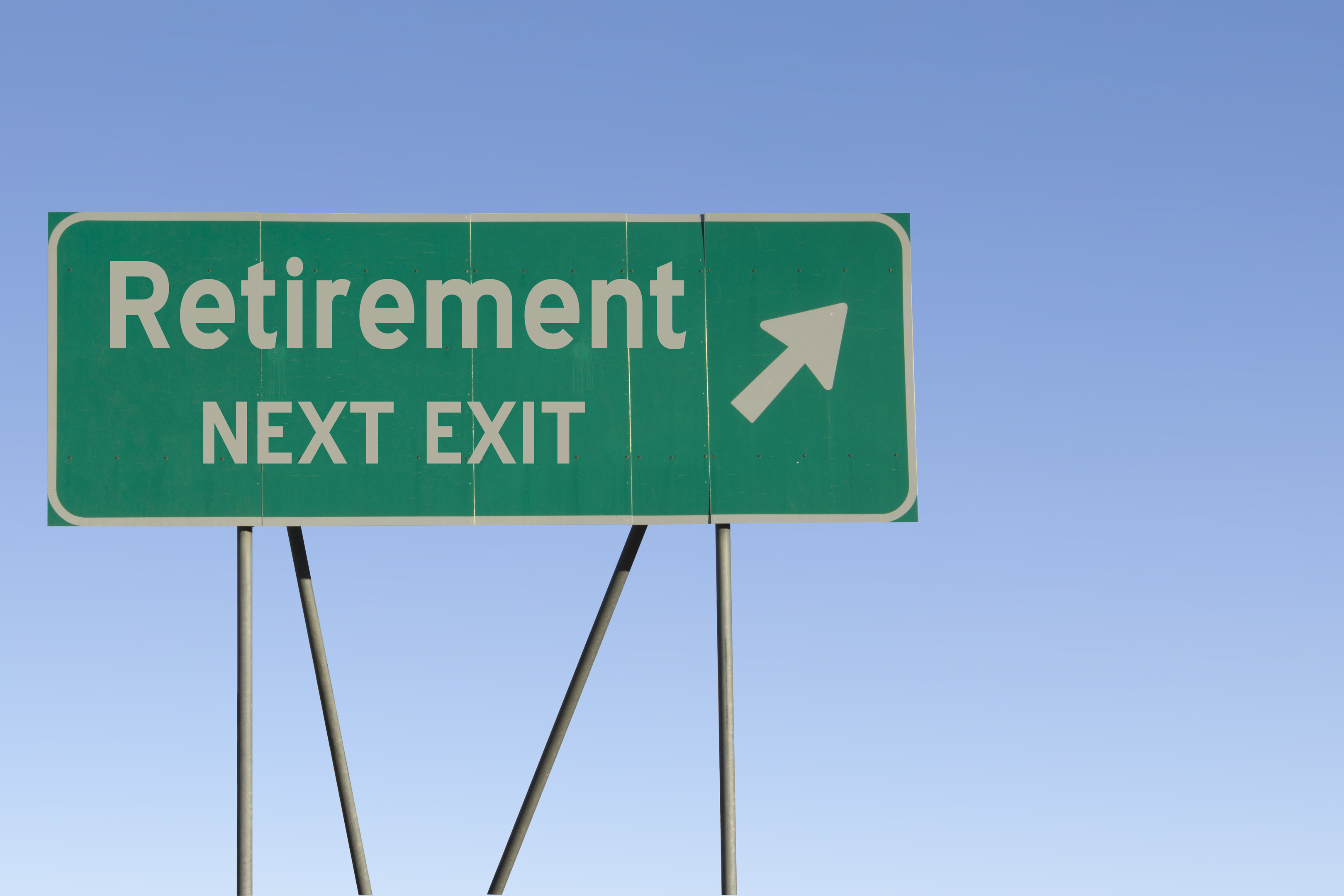
MORE than 550,000 Scots will be forced to work longer due to the rise in the state pension age, The Sunday Post can reveal.
The UK Government’s controversial move to increase the starting pension age to 68 in 2037, seven years earlier than planned, will affect people born between 1970 and 1978.
And our analysis shows 550,902 Scots will be impacted by the change, which also means that in some parts of the country, such as Glasgow, the new pension age will be just five years short of the average life expectancy for men.
David Gauke, the Work and Pensions Secretary, has said the rule changes will save the taxpayer £74 billion by 2046/47 and reflect increasing life expectancy.
But critics last night slammed the move.
Sandra White, SNP MSP for Glasgow Kelvin, said: “With well over half a million Scots negatively affected by this change it reveals the vast scale of this worst form of Tory trickery. It is truly shameful that Theresa May and Ruth Davidson kept this under wraps until after the election – as this would have undoubtedly lost them seats.
“A great number of people in Scotland in their late thirties and forties will already be planning for their retirement; the fact that they will be forced to wait another year for their state pension is a major blow.”
The pension age will rise from 67 to 68 between 2037 and 2039, not starting in 2044 as had previously been expected.
The change affects 39 to 47-year-olds born between April 6, 1970 and April 5, 1978.
The Department for Work and Pensions (DWP) has said the savings will be worth £74bn to the public purse by the mid-2040s, while asking people to work an extra year will also add 1% to Gross Domestic Product.
The argument that the changes reflect growing life expectancy have been questioned by some, including former Government health adviser Sir Michael Marmot, who warned the trend towards longer lives was “pretty close to having ground to a halt” since 2010, after rising constantly since the Second World War.
Government actuaries have forecast that the pension age will need to rise to 70 by the mid-2050s to keep costs under control.Richard Baker, policy and communications manager at the charity Age Scotland, said: “In bringing forward a rise in state pension age by seven years, the Government is picking the pockets of people in their forties, and these figures show more than half a million Scots will be affected.
“Age Scotland does not see there is an objective case to support this change now. Indeed, new authoritative research has suggested that the long-term improvement in life expectancy is stalling.
“For people affected, their state pension may seem a lifetime away but the fact is that the change announced this week will have a real impact on them later in life.
“Lower life expectancy in Scotland means that this change will also have a disproportionate impact here, and repeated changes to eligibility increases both the injustice that people feel and the risk that more people will struggle to plan and save adequately to maintain a decent quality of later life.”
Many Scots will be in receipt of the state pension for as little as five years.
This is because life expectancy rates in Scotland are lower than elsewhere in the UK, with life expectancy for a man in Glasgow at 73.4 years old.
Dr Anna Dixon, chief executive of the Centre for Ageing Better, said the latest change should spark a renewed debate over the labour market for workers near pensionable age.
She said: “If people are to work for longer, urgent action is needed from Government and employers to make the labour market fit for purpose. Currently older workers are not properly supported at work, and there is a rapid fall in employment rates over the age of 50, with a marked increase in perceived job insecurity.
“By the year before people reach state pension age, over half are not working and there are one million people aged 50 to 64 who would like to work but are not, most having left due to poor health, redundancy, or caring responsibilities.
“Employers must introduce flexible working arrangements that allow people to balance these pressures.
“Inequalities in life expectancy and healthy life expectancy mean that many people will find it impossible to work until state pension age, and without additional support or mitigating policies from Government will face financial difficulties and hardship in later years.
“More radical benefit reform should be considered for those with long-term health issues and disabilities.
“It is essential too that as our workforce grows older, the issue of ageism and discrimination in the workplace is tackled, including making sure older workers are treated fairly, their contributions recognised, and that they are offered opportunities for development and progression.”
A DWP spokesman said: “A universal state pension age is the simplest way to help people plan ahead for retirement and it would be unfair to create an unnecessarily complex system that risked leaving some with an inadequate pension.
“A recent independent review conducted by John Cridland also found that there was no clear evidence to support a regional system.”

Enjoy the convenience of having The Sunday Post delivered as a digital ePaper straight to your smartphone, tablet or computer.
Subscribe for only £5.49 a month and enjoy all the benefits of the printed paper as a digital replica.
Subscribe